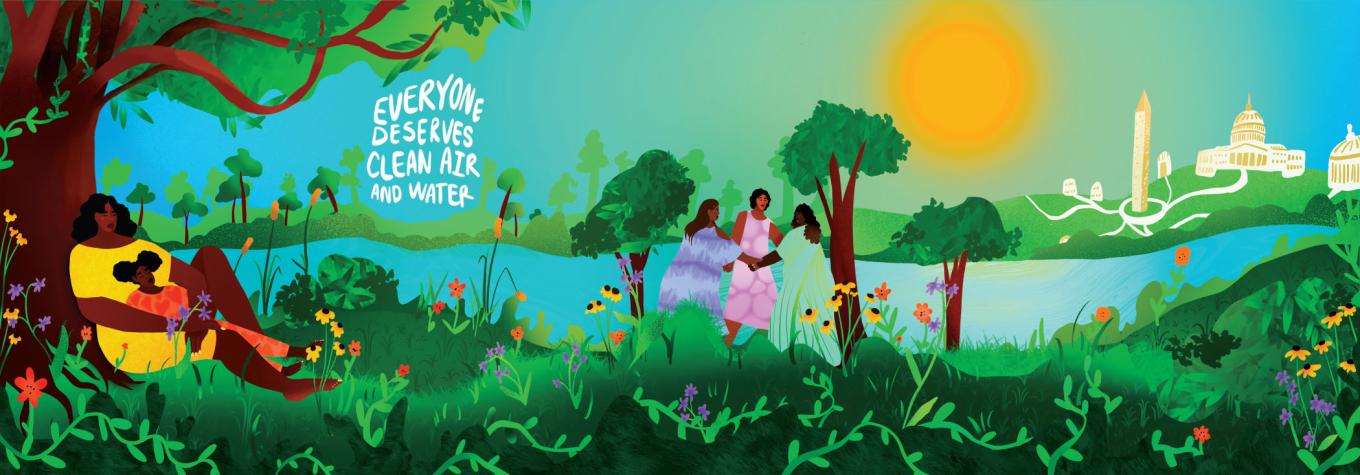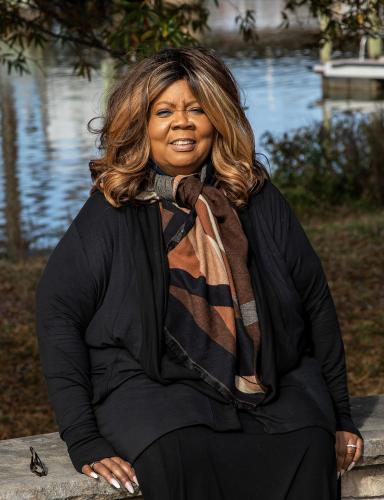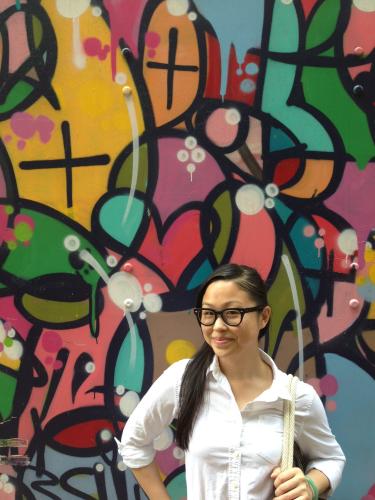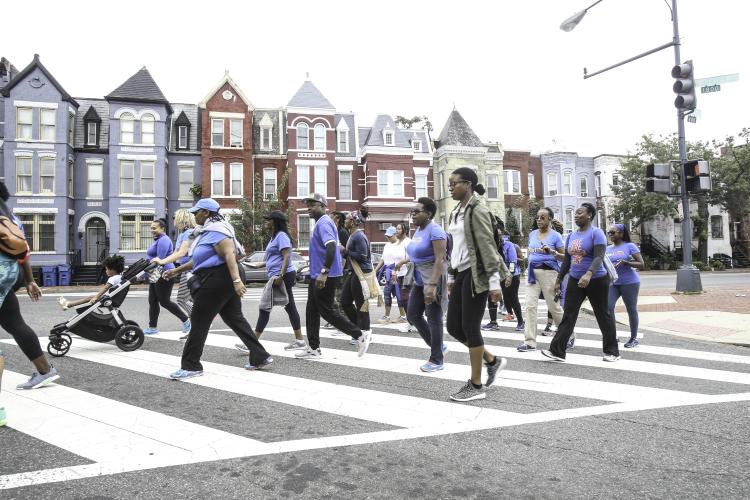
By Rachel F. Seidman, curator of women’s environmental history at the Smithsonian’s Anacostia Community Museum. She curated the upcoming exhibition To Live and Breathe: Women and Environmental Justice in Washington, D.C., opening May 19, 2023.
In October 1991, Dana Alston stood in front of a large, multiracial crowd gathered in the ballroom of the Washington Court hotel for the First National People of Color Environmental Leadership Summit. From the podium, she explained to an invited group of white activists what made environmental justice different from their mainstream approach to environmentalism.
“For us, the issues of the environment do not stand alone by themselves. They are not narrowly defined. Our vision of the environment is woven into an overall framework of social, racial and economic justice. It is deeply rooted in our cultures and our spirituality. It is based in a long tradition and understanding and respect for the natural world. The environment, for us, is where we live, where we work and where we play.”
Alston’s speech inspired the outline for my upcoming exhibition, To Live and Breathe: Women and Environmental Justice in Washington, D.C. In the exhibition, which opens at the Anacostia Community Museum on May 19 as part of our Year of the Environment, I set out to illustrate Alston’s ideas and to show how women, both before and since her talk, have been the very core of the environmental justice movement.
This introductory video from the exhibition explores the impact of Alston’s speech and the role of women in the environmental justice movement.
When I interviewed women of the environmental justice movement, they repeated a central mantra: “we speak for ourselves.” They want their voices heard, both defining the problems they face and helping craft the solutions.
In creating the exhibit, I sought to highlight community voices in many ways. I worked with a group of community advisors as I did my research; they provided me with ideas and contacts, caught my mistakes, and provided invaluable guidance. When I interviewed people, I asked them to suggest the objects that might best represent their stories. I elevated my interviewees’ voices above my own in the exhibition design. And, working alongside our exhibit development team, I developed interactive exhibit spaces where the audience can share their own ideas on environmental justice.
A companion website (coming soon) features audio segments that allows the stories of these powerful women to be told in their own words.
Here are three women featured in the exhibition and website:
Brenda Richardson

Brenda Richardson, photograph by Michael Barnes
Brenda Richardson, a local environmental justice advocate and ecofeminist who works with communities east of the Anacostia River inspired the exhibit’s title.
“I think it takes a woman who lives and breathes in a community to move something forward. I've always struggled with legislators who make policy, and they haven't experienced what the people are going through that they're trying to set policy for. That's always kind of boggled my mind. How are you going to address poverty and you've never been poor? How are you going to address environmental justice, or environmental racism if you've never been caught up in it?” – Brenda Richardson, November 15, 2021
Listen to Brenda Richardson:
Tina Pham

Tina Pham, photograph courtesy Tina Pham
Tina Pham helped run a 2011 campaign in DC to try to make nail salons safter for the mostly Vietnamese women who worked in them. She remembered how this effort got started by Hien Vu, a community advocate who ran the The Vietnamese American Service Center:
“So, nail salon work was really just one of the few sources of income for these folks, because there already was this community infrastructure set up with business owners who are already Vietnamese and own salons. And she said the women she was working with, I mean, it was just a wide set of health impacts, right? It ranged from dermatitis to asthma, bloody noses, rashes. And I think when she told me about women getting miscarriages, cancer and the children, she told me that who spent time at salons, or even in their, when their mothers were carrying them, they had exposure too. And the children of these mothers, it's really emotional for me to talk about, sorry, had significant learning disabilities, cognitive issues. And I remember thinking, okay, no, this is not going to, we have to do something. And I felt like we had to sound the alarm.” – Tina Pham, May 31, 2022
Listen to Tina Pham:
Siobhan Ollivierre

GirlTrek walkers in Washington, D.C., photograph courtesy GirlTrek
Access to green space and recreational opportunities are part of environmental justice. Siobhan Ollivierre, MidAtlantic Regional Coach for Girltrek, an organization that aims to improve Black women’s life expectancy through walking, explains how essential outdoor recreation can be for mental health in addition to physical health.
“There's a lot of trauma that has been survived, and this is a good way to be able to address it, to be able to walk. …There are many, many women in GirlTrek that have benefited from the walks, whether they've lost a family member and that sisterhood and that community, to be able to walk with someone else, doesn't take away all of the pain, but helps because someone else that's walking with us could relate and can talk about it and help to soothe others. It's very healing as we have those conversations as we're walking, because a lot of women do open up, it's a safe space for them where they could talk about what's going on in their life, some of the things that are stressing them. And a lot of the times we're able to feel so good after the walk that physically it's awesome, but it's also really amazing because we are able to let something off of ourselves that was weighing us down and that was just really, really bothering us.” – Siobhan Ollivierre, May 16, 2022
Listen to Siobhan Ollivierre:
Learn more about these women’s stories and share your own experience with environmental justice, visit the exhibition To Live and Breathe: Women in Environmental Justice in Washington, D.C. The exhibition will be on view at the Anacostia Community Museum between May 19, 2023, and January 7, 2024.